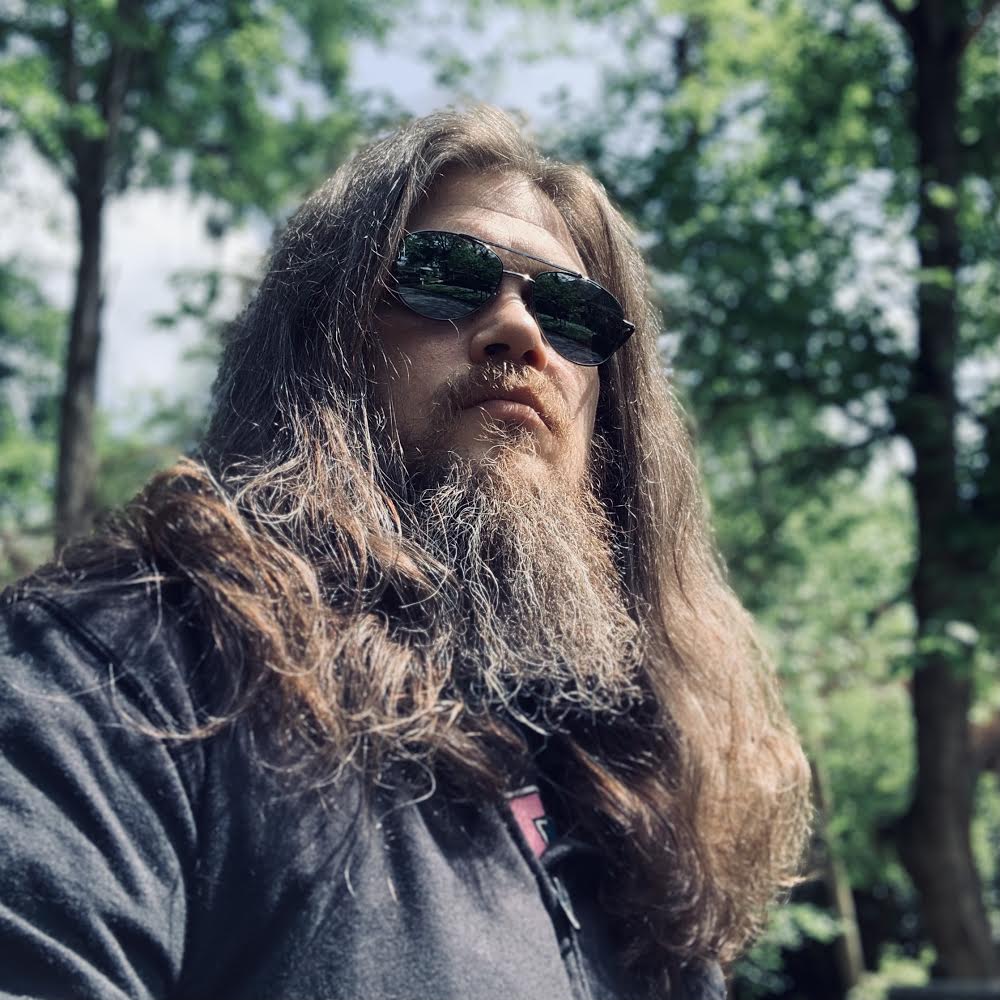How the DC New Gods film could be the key to Henry Cavill’s return as Superman
A unique piece of comic book history changed DC Comics - and could change DC movies too
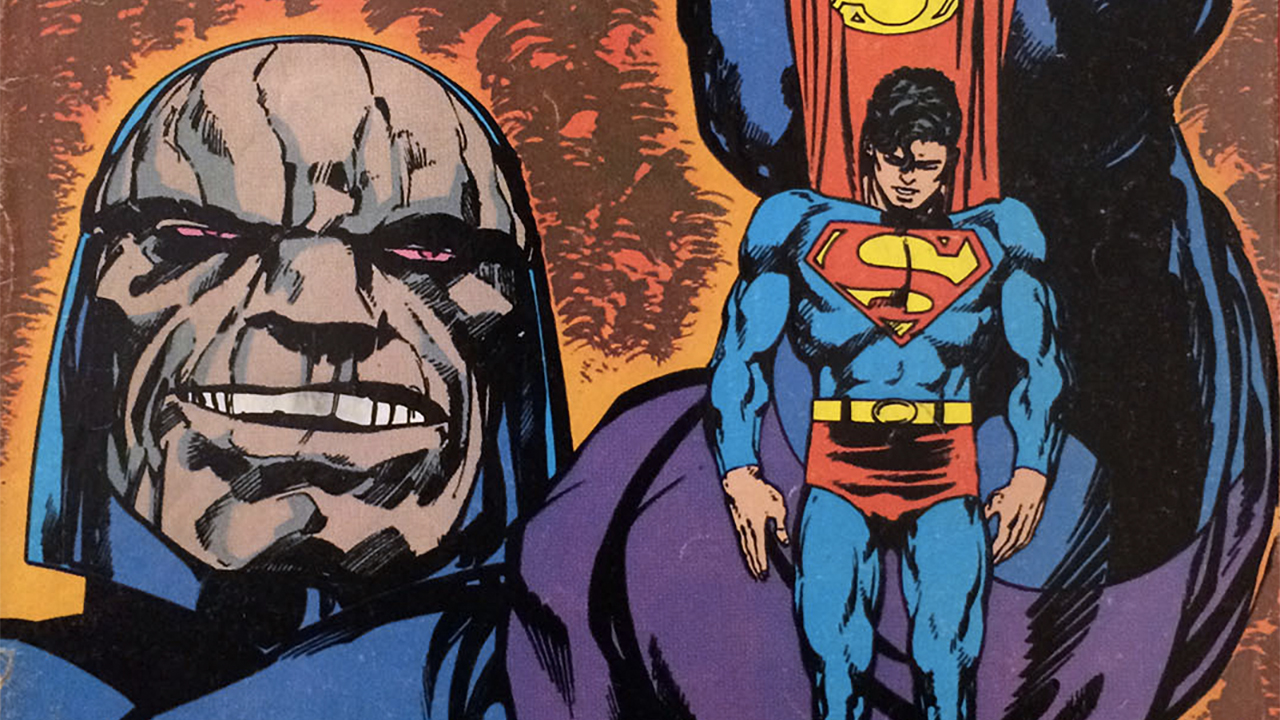
Big things are happening in the DC Extended Universe – DC's long up-and-down movie continuity – which has been on pause since this year's Birds of Prey, with the next film, Wonder Woman 1984, pushed back to October 2 due to COVID-19.
With director Zack Snyder releasing his finalized vision of 2017's Justice League film in some format on HBO Max in 2021 following fan demand, and Henry Cavill stating he wants to continue in the role of Superman "for years to come," fans are speculating about how and where Superman will return following his last appearance in the theatrical version of Justice League.
It's unclear if or how the aforementioned Zack Snyder's Justice League could affect established DCEU film continuity – and the planned Flashpoint film could add its own Multiversal wrinkles to the equation – but there are plans already in place in the DCEU that could inform exactly where Cavill's Superman could show up next. And what's more, a bit of curious comic book history could tell us just how it could all go down.
We're referring, of course, to director/co-writer Ava DuVernay's planned New Gods movie, and how Superman's unlikely history with Jack Kirby's Fourth World could make that the perfect place for Cavill's Kryptonian to touch down next.
Cosmic Genesis
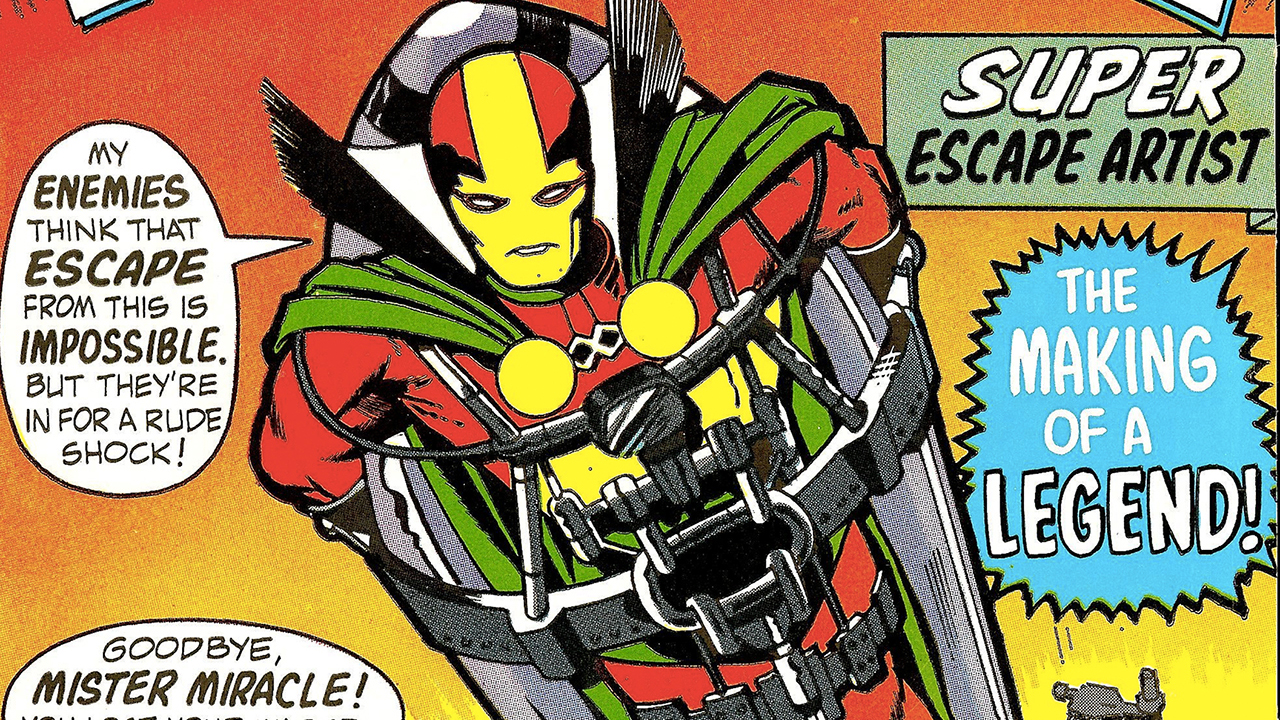
In the late '60s, Jack Kirby was fed up with Marvel Comics. He felt his longtime creative partner Stan Lee, with whom he created the Fantastic Four, Hulk, Thor, the Avengers, the X-Men, and many more iconic Marvel characters, was shortchanging him on both credit and creative freedom, as well as his financial due for having co-created such influential and successful characters (he later brought a lawsuit against Marvel Comics to this effect).
Citing these reasons, he headed to Marvel's 'Distinguished Competition' and closest business rivals DC Comics, who promised the all-star creator a level of creative freedom and ownership royalties Marvel wouldn't offer.
Kirby entered DC with a grand plan – to create a whole mythology of divine, cosmic beings with their own heroes, monsters, villains, and cosmology tied into a cycle of death and rebirth that informed the eons-old relationships of the core characters… The New Gods.
Comic deals, prizes and latest news
Get the best comic news, insights, opinions, analysis and more!
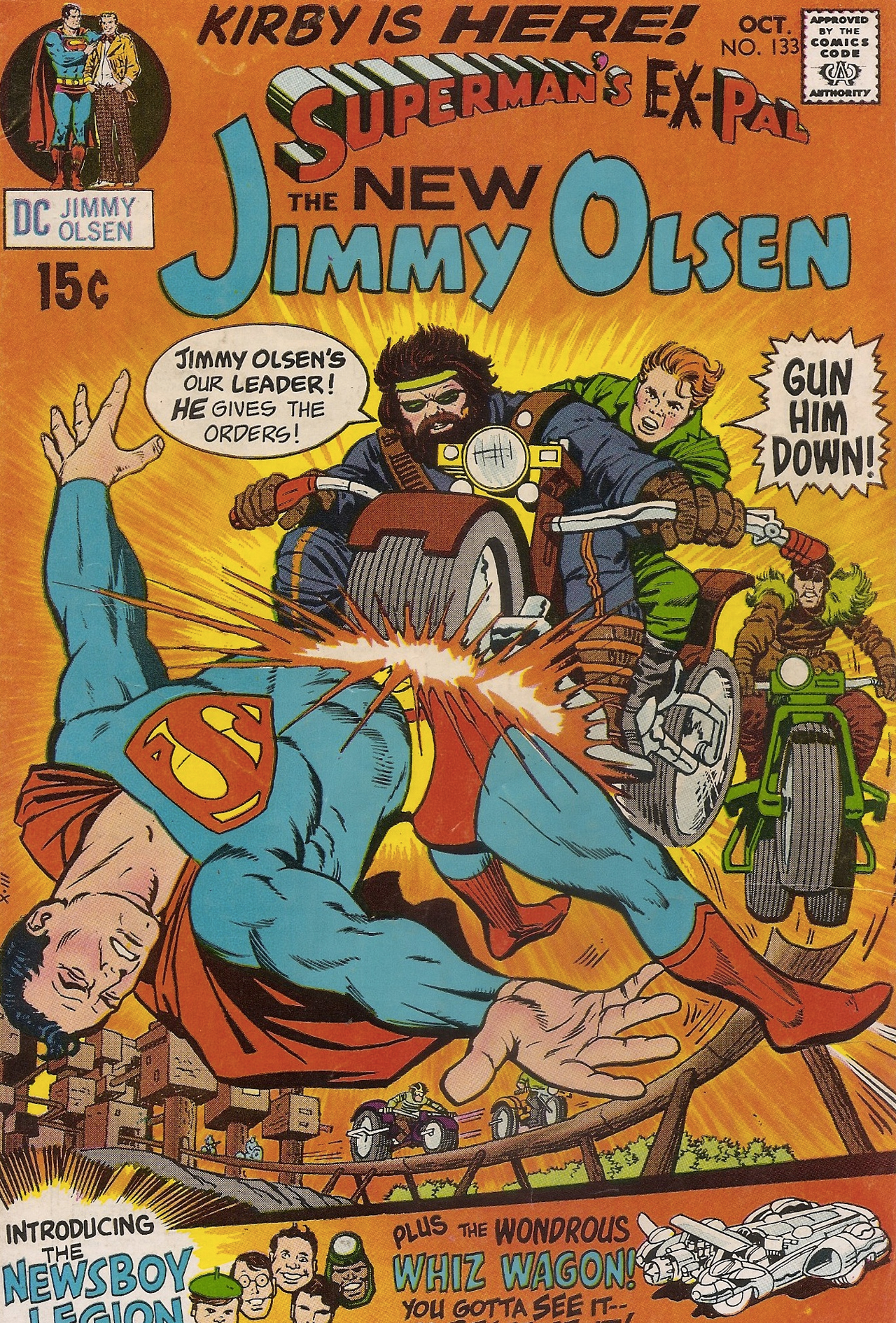
Kirby named his little corner of the DC Universe the 'Fourth World', the obvious implication being that this would be the tale of the fourth incarnation of the reborn universe. But there was a hitch in Kirby's plan – DC insisted it be included in their larger mythos, a part of the DC Universe proper. As such, they wanted Kirby's 'Fourth World' line – which was planned to include the titles Mister Miracle, The New Gods, and The Forever People – to be introduced ahead of the launch of the three series.
DC initially wanted to launch the 'Fourth World' mythos in a Showcase anthology, but Kirby didn't like the plan, so instead they offered him his choice of existing titles from their line to take over. Not wanting to kick anyone off an assignment and cost them a job, Kirby chose to take on the lowest selling title DC had at the time, Superman's Pal Jimmy Olsen, which didn’t even have a regular creative team.
Kirby immediately took Jimmy Olsen in his own unique direction, making Superman a core part of the title with Jimmy encountering new ideas almost every issue – many of which have stuck around as part of the larger DC mythos, including InterGang, Guardian, Project Cadmus, and the DNAliens. Apokolips, and even Darkseid himself made their debuts in the pages of Jimmy Olsen, which set the stage for the launch of what was essentially the first interconnected comic book imprint within a larger comic book universe.
Though Kirby's run on Jimmy Olsen was truncated (and DC had artist Al Plastino redraw the faces on Kirby's Superman to bring it more into DC's house style, to Kirby's objections), it redefined the Superman mythos forever and led directly to the cosmic conflict that has shaped much of the larger DC Universe for decades since.
War of the Worlds
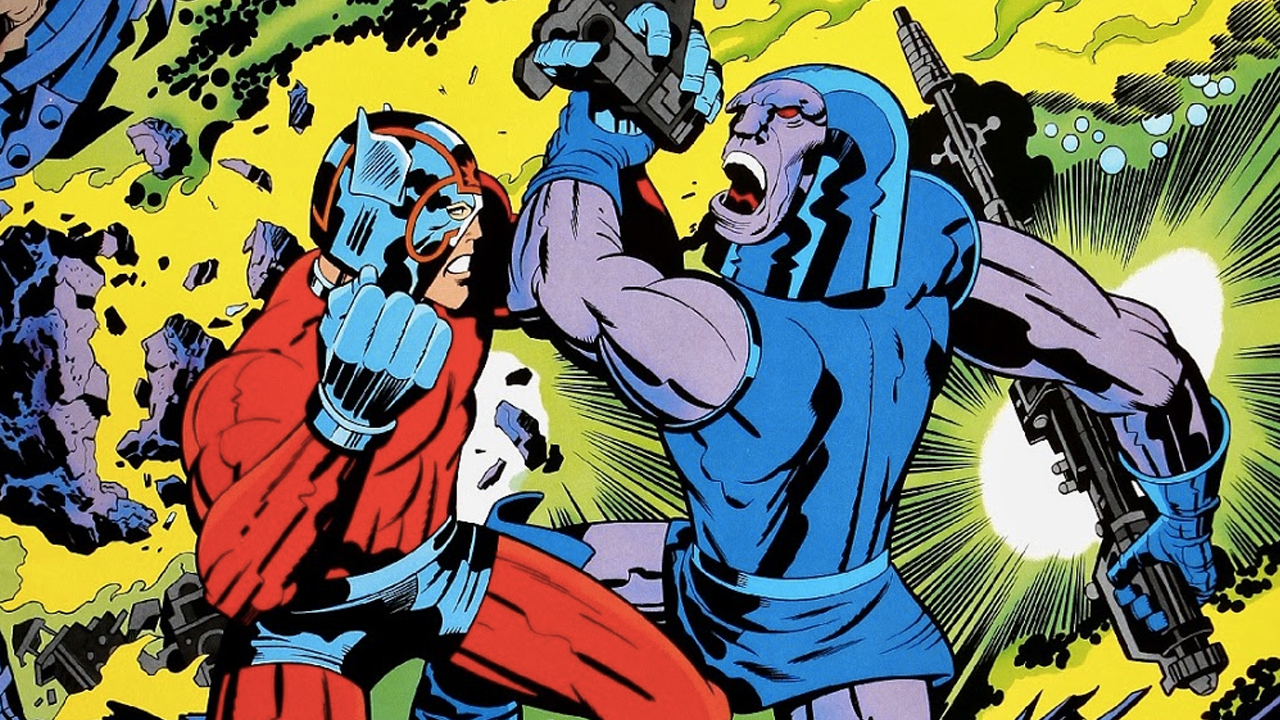
The Fourth World centered around two alien planets – the utopian New Genesis and its rival/opposite, the hellish Apokolips – which were once one planet that had split in two in a great cataclysm. The two planets, at war for eons, struck a truce when the rulers of New Genesis and Apokolips – Highfather and Darkseid, respectively – traded custody of their infant sons Scott Free and Orion, forging a tenuous peace that lasted until Scott escaped Darkseid's clutches.
In that time, Darkseid's son Orion, raised on New Genesis, became the 'Dog of War', New Genesis's fiercest warrior. However, on Apokolips, Highfather's son Scott Free was beset by tortures and confined to increasingly draconian prisons – all of which he learned to free himself from, becoming the greatest escape artist in the universe. He fell in love with Barda, one of Darkseid's Female Furies – women warriors of Apokolips raised and trained by the brutal taskmaster Granny Goodness – and the pair made their way from Apokolips to Earth, where Mister Miracle's adventures eventually brought him in contact with Superman.
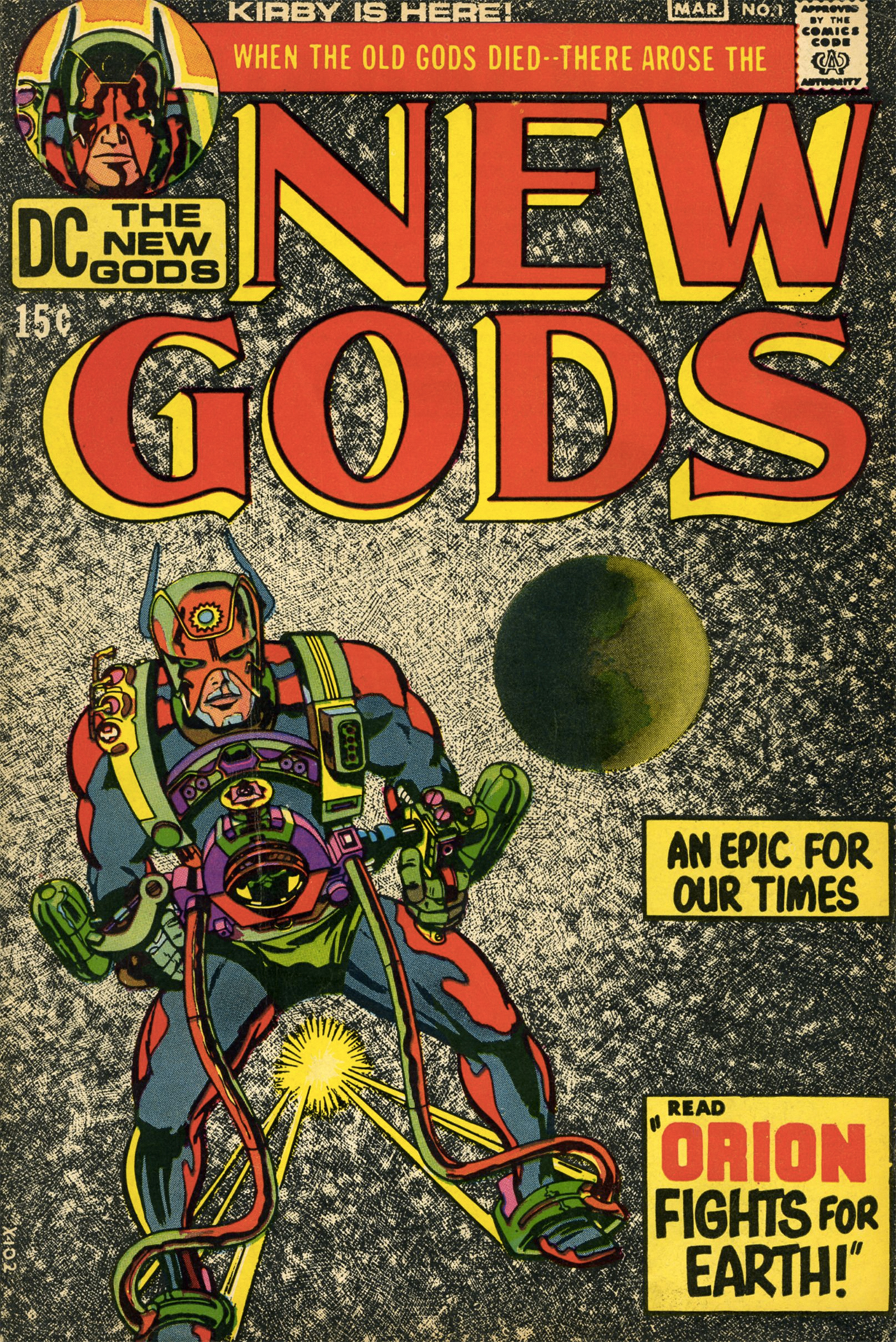
On the New Genesis side, other important New Gods include Lightray, avatar of light; Fastbak, god of swiftness; Bug, the universe's greatest tracker; and the Forever People, five rebellious youths who join together as Infinity-Man, a cosmically powered superhero. On the Apokolips side, Darkseid surrounds himself with the torturer DeSaad, the assassin Kanto, the hypnotic Glorious Godfrey, warlord Steppenwolf (seen in the theatrical cut of Justice League), his hated son Kalibak, and a seemingly endless army of winged Parademons.
There's also Metron, a sort of omnipotent cosmic traveler who sits on the Moebius Chair, a timeless artifact that possesses all the knowledge in the universe, and Black Racer, the embodiment of death who inhabits the physical form of an injured human veteran. And of course, there's the tech of the Fourth World - some of which factored into 2017's Justice League, more on that later - which primarily includes Mother Boxes (sort of universal iPhone/Tricorder-esque cubes that serve numerous functions), and Boom Tubes, which allow the user to teleport vast distances across space. And there's the universe-ending Anti-Life equation, and the Source Wall which marks the edge of reality, and myriad other enduring ideas that Jack Kirby put on the page.
Man of Tomorrow
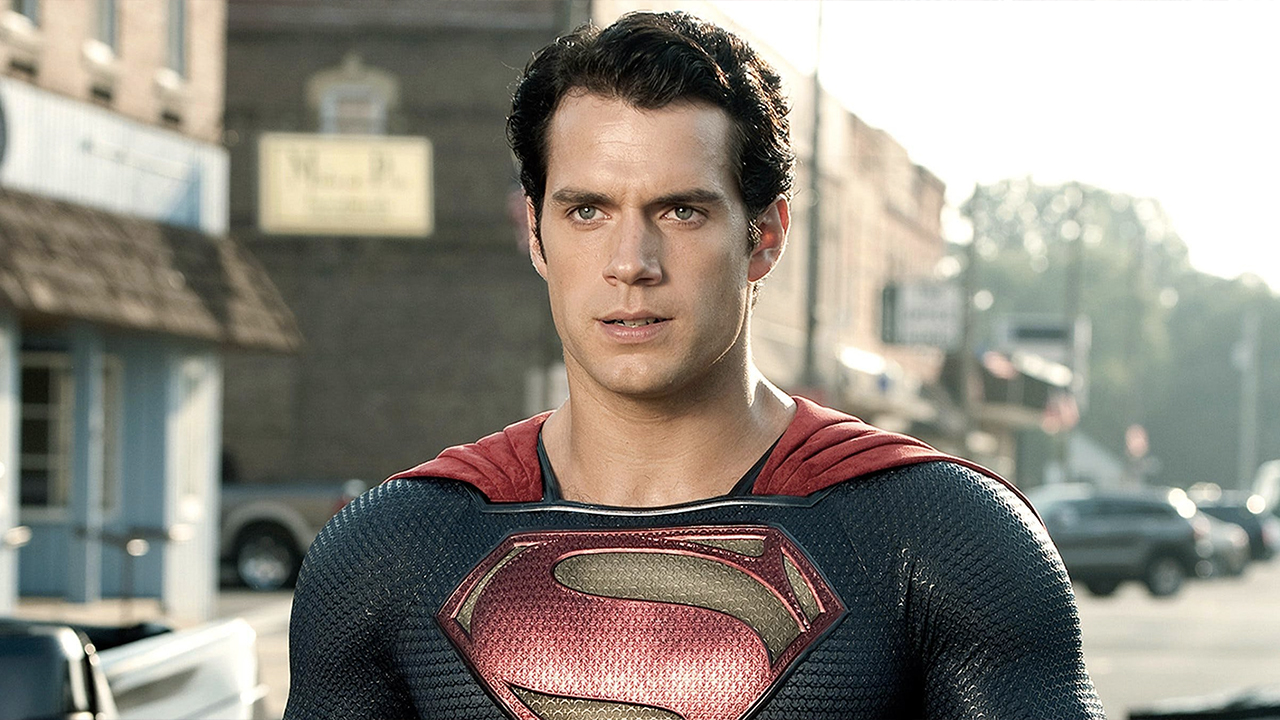
As for how Superman fits in, in addition to his role in helping establish the Fourth World in Superman's Pal Jimmy Olsen, he was the first Earth hero Scott Free befriended when he escaped Apokolips – a relationship that continued even after creator Jack Kirby left the Fourth World behind and returned to Marvel. Superman has since been a central character in numerous New Gods stories, and has been the biggest link between the New Gods and the wider DC Universe.
Superman's relationship with Mister Miracle stuck around even after DC's 1985 limited series Crisis on Infinite Earths collapsed DC's Multiverse into a single timeline and fully rebooted the Man of Steel's history in the DCU. Writer/Artist John Byrne relaunched Superman's solo title and reestablished his connection to the New Gods, putting Mister Miracle, Barda, and Darkseid front-and-center as supporting characters in his concurrent Action Comics run. Byrne carried that over when he launched his own Fourth World ongoing series a few years later, including Superman as a core character.
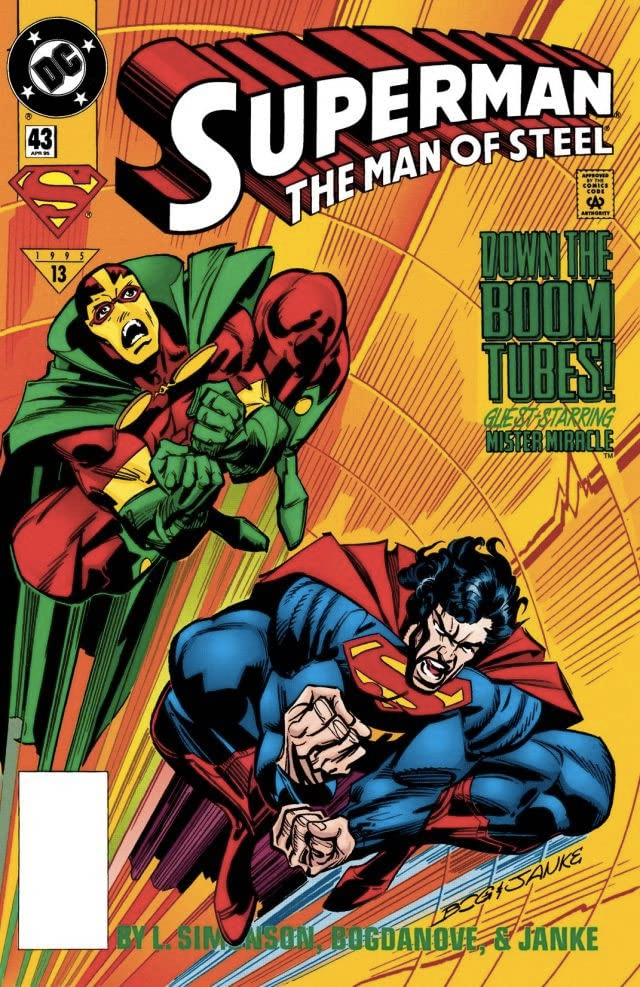
Superman was also a central character in writer/artist Jim Starlin's Death of the New Gods, which killed off most of the characters and paved the way for writer Grant Morrison to launch a 'Fifth World' of reincarnated versions of the characters as part of Final Crisis – though that was short-lived, given DC rebooted once again a few years after that with Flashpoint (more on that right here).
In the subsequent 'New 52' era, the New Gods first appeared in the alternate reality of Earth-2, where the warriors of Apokolips conquered Earth - killing Superman and resurrecting him as Darkseid's brainwashed enforcer. This concept was hinted at in 2016's Batman v Superman: Dawn of Justice's 'knightmare' sequence, where a sleeping Bruce Wayne dreams of fighting a despotic Superman who bears Darkseid's Omega symbol.
Man of Steel
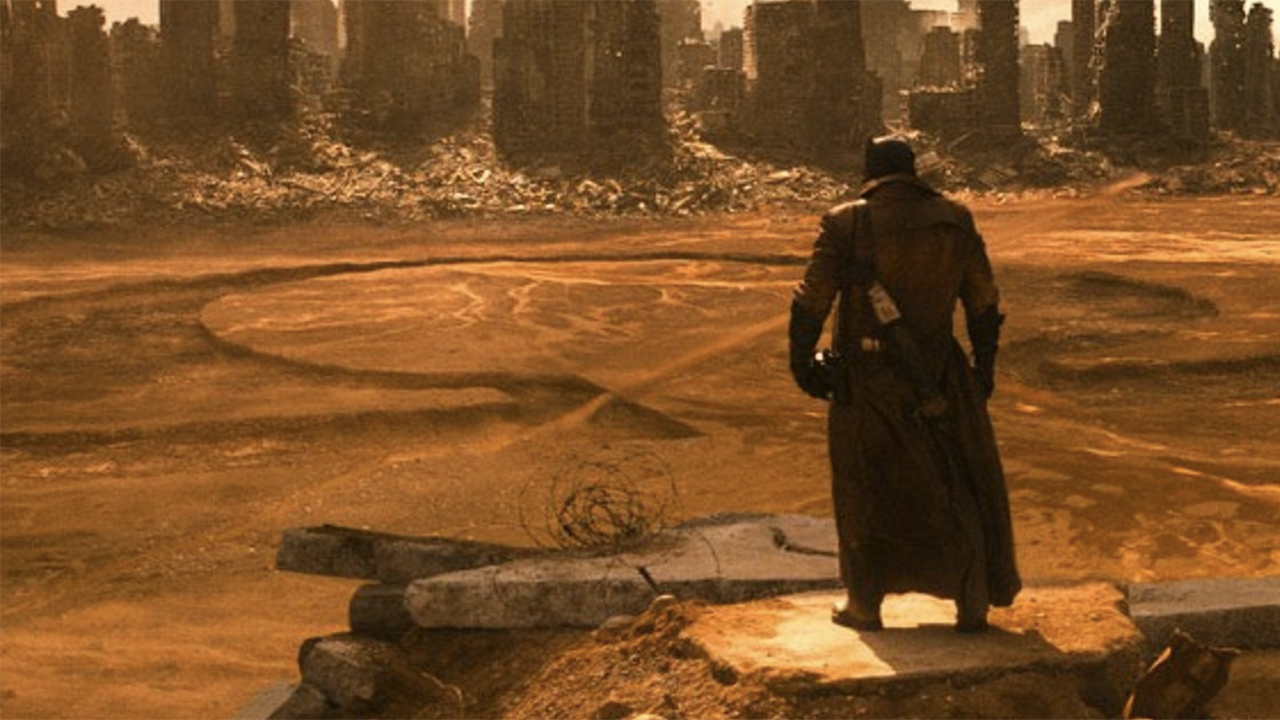
Most of the major players in the Fourth World saga are still a big part of the DC Universe today. Mister Miracle recently anchored an Eisner-winning limited series from artist Mitch Gerads and writer Tom King, who's co-writing the New Gods movie with director Ava DuVernay. Meanwhile Darkseid and the Anti-Life equation remain omnipresent threats for DC's heroes, with Darkseid considered one of Superman and the Justice League's greatest enemies (though he also recently worked alongside a spacebound incarnation of the League as part of one of his greater schemes).
What's more, the characters of the Fourth World have permeated DC media almost since they debuted, appearing in everything from Super Friends, to the Super Powers toyline (which featured a Jack Kirby-created spin-off comic), to Justice League Unlimited, to a host of DC animated films and video games.
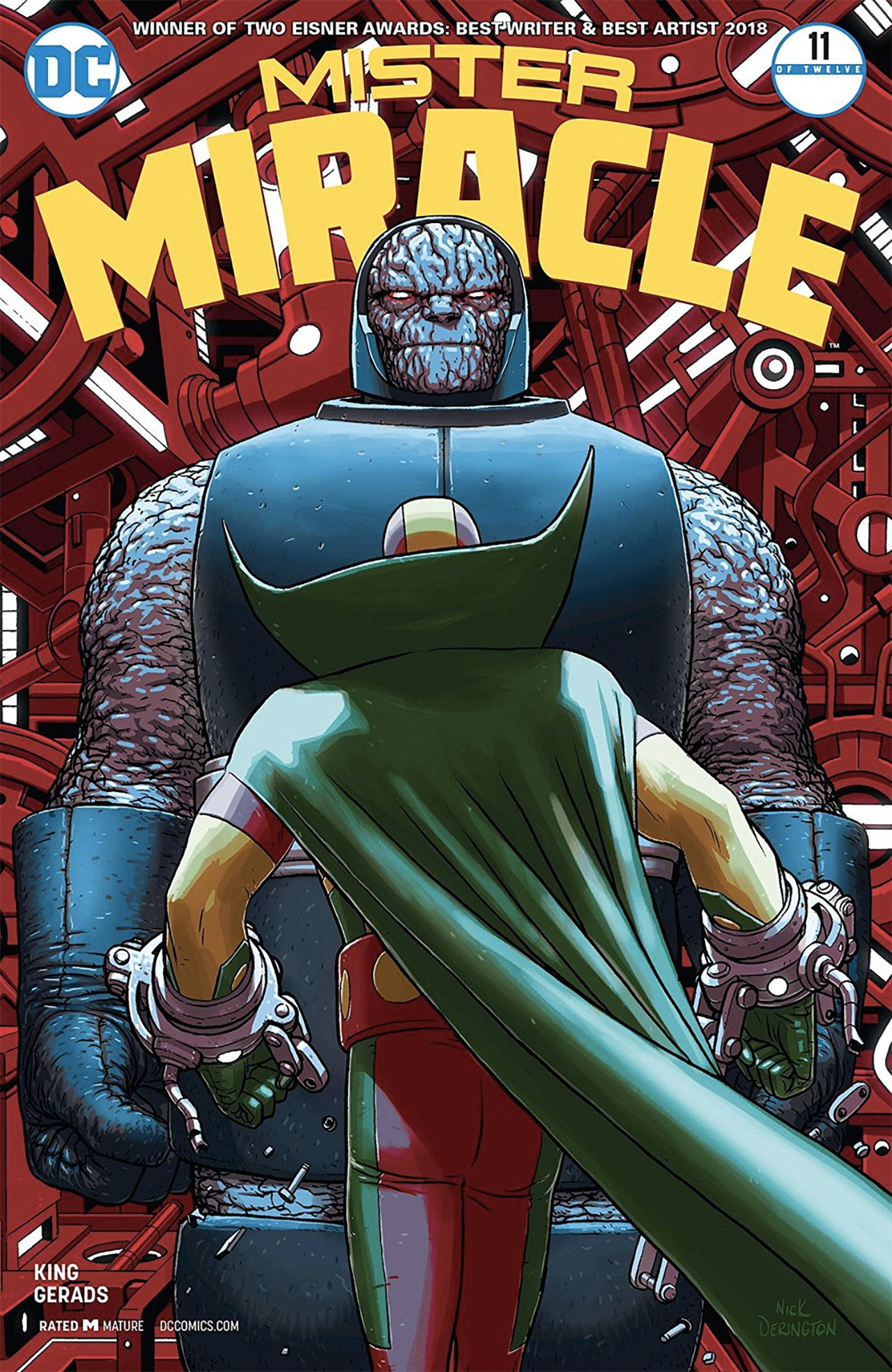
A lot of this mythos is also already in place in the DCEU – we brought up how Batman v Superman hinted at Fourth World mythology. Mother Boxes, introduced in Justice League, played a key role in Cyborg's movie origin as well as Superman's resurrection – a cue taken straight from comic books where Kirby's Project Cadmus was central to the story 'The Death and Return of Superman', which inspired the DCEU's Superman arc. Steppenwolf, the original villain of Justice League, and Darkseid, who will be the main villain of Zack Snyder's Justice League, are of course villains from Apokolips.
So with the DCEU's Superman resurrected by New Gods technology, and fresh off a fight with the warriors of Apokolips, wouldn't it make sense he might venture into space and seek out New Genesis for answers – and maybe some clues about Krypton? Taking the idea that Superman could be a supporting character in ensemble films thanks to his (not-played-by-Cavill) cameo in Shazam! (a la Mark Ruffalo's Hulk in Thor: Ragnarok), DC movies could follow DC Comics beat-for-beat and make Superman the character who unites the heroes of two different worlds.
I've been Newsarama's resident Marvel Comics expert and general comic book historian since 2011. I've also been the on-site reporter at most major comic conventions such as Comic-Con International: San Diego, New York Comic Con, and C2E2. Outside of comic journalism, I am the artist of many weird pictures, and the guitarist of many heavy riffs. (They/Them)
